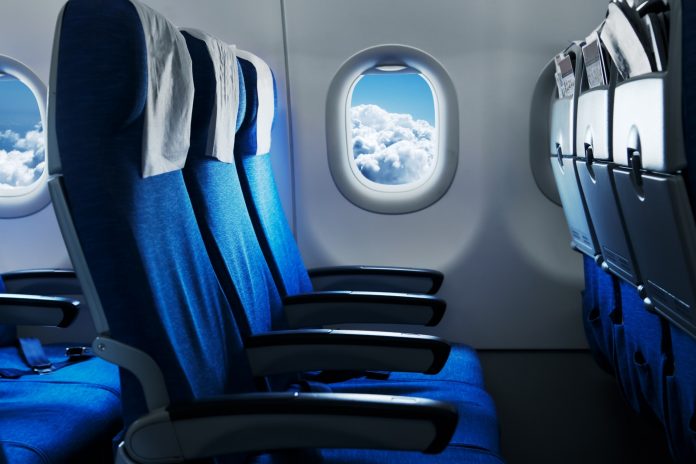NEXT time you are sitting in the window seat during a flight, take a look at the plane windows, which are always the same curved shape.
While it may look aesthetically pleasing, the reason behind it is much more depressing – as it was the result of two plane crashes.
On January 10 in 1954, flight 781 left the tarmac at Rome’s Ciampino Airport to carry its 35 passengers and crew to London.
About 15 minutes into the flight, the de Havilland Comet jet – which just two years earlier was the first to launch a scheduled commercial flight – disintegrated in the sky and crashed into the Mediterranean Sea, killing everyone on board.
The second crash, just months afterwards, resulted in 21 passengers killed when South African Airways flight 201 from London to Johannesburg crashed in the sea, and recovered bodies showed similar head and lung injuries to those on flight 781.
The windows, which were square at the time, played a big role in the metal fatigue that caused the crashes, resulting in explosive decompression and the plane breaking up mid-air.
The sharp corners of the windows put the surrounding metal under extra stress in high altitudes — as much as two or three times more than other places on the plane.
The stress was concentrated in the four corners of every window, causing the metal fatigue.
Willis Orlando, Product Operations Specialist at Scott’s Cheap Flights explained: “Rounded corners are designed to help distribute the pressure exerted on the window evenly, reducing the likelihood of a window cracking under changing air pressure.”
Following the investigations, de Havilland made a number of changes to its aircraft design, including rounder windows.
The lack of sharp corners allowed the stress to flow more evenly around the edges of the window, which is why all planes now have curved panes.
The de Havilland Comet was the world’s first commercial jetliner in 1952, and in terms of design, was a total game-changer with four turbojet engines, as well as a bullet-shaped fuselage, a pressurised cabin, and wings that swept backwards.
In its first year, it flew 30,000 passengers, including the Queen, to places like Tokyo, Singapore, Johannesburg, and Colombo.
We’ve also explained why you should never inflate your life jacket inside a plane, following a plane crash into the sea, as well as some of the other secret buttons and handles you can find in the cabin.
All planes now have rounder windowsCredit: Getty
























